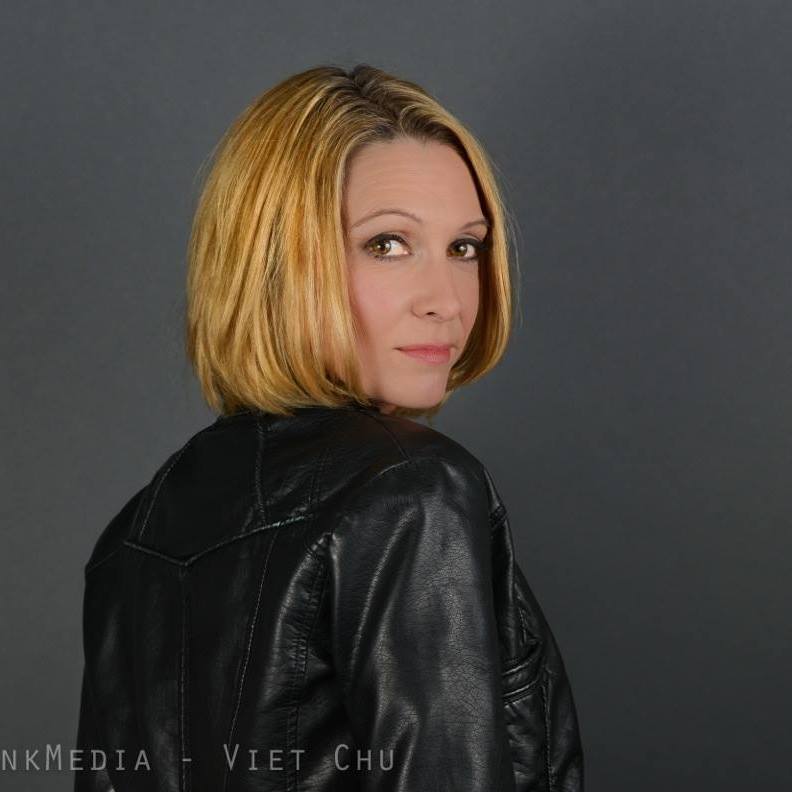As a mobile technology and connected device entrepreneur, Heidi Lehmann, President and CCO at Kenzen, has spent most of her career working at various start-ups across the country. It’s no surprise, however, that she has spent the past six years working at the intersection of connected devices and industrial wearables. For our latest “Faces of EHS” profile, we sat down with Heidi to discuss the importance of safety technology, her best mistake, and more.
How did you get your start in the field?
I’ve been working at the intersection of connected devices and industry (“industrial wearables”) for about six years. Initially, Kenzen was focused on heat prevention for professional athletes. In fact, our first investors (and field testers) were the NFL (via a grant) and the San Francisco 49ers. However, we soon realized we could have a much larger impact keeping high risk workforces safe from heat injury, rather than professional athletes who typically always have trainers and coaches around them to tend to their safety. Lone workers, workers in confined spaces, workers on hot construction, mining, and manufacturing sites these are now the workers we serve. We call workers “industrial athletes” due to the high exertion and extreme conditions in which they work.
Kenzen is a safety technology company, and we have a platform that predicts and prevents industrial workforce injuries due to heat stress (and other conditions), while providing data driven insights to improve productivity. The front end of our platform is a small device worn on the upper arm which continuously monitors a worker’s physiology to detect the potential onset of injury. We’ve deployed the Kenzen system across the globe, in every continent but antarctica.
Who is/was your biggest influence in the industry?
When I first entered the industrial industry six years ago (as a technology vendor) I didn’t know too much about it. I remain grateful to wonderful early mentors I had from the innovation and safety teams at GE, BP, Kajima Construction and Anglo American Mining
What’s your best mistake and what did you learn from it?
Initially when we designed the Kenzen device we made a couple of key product mistakes. The first was making the device water resistant, but not waterproof. The teams wearing this early device sweat so much while working it literally shorted out and fell apart due to all the sweat. Water resistant was not enough, it needed to be waterproof, and we now have IP67 water (and dust) certification.
The second mistake was the placement of the device. Initially we had designed it to be worn on the chest, right under the heart, and there was an adhesive to hold it in place. Being a largely female founding team, we didn’t consider the male anatomy enough and underestimated the pain of taking the adhesive off due to chest hair – big mistake. We took an entire year rebuilding the product to be worn on the upper arm with lots of focus group testing. The most frequent comment we now hear from workforces is “I forgot I was wearing it,” which is a big improvement.
What’s your favorite part about working in the industry? What’s your least favorite part, and how would you change it?
As someone who primarily worked in offices and behind a desk most of her career I love being “in the field,” which often means outdoors and always means a sometimes beautiful and always least interesting worksite. Not being stuck behind a desk all the time and doing meaningful work “on the go” is a very positive change for me, even though I do balance my time on worksites with time back in the office.
I do wish there were more women working on the worksites, as I see so much potential for women to make key contributions to worksite teams. That said I have met a handful of amazing women on jobsites, and I understand these numbers are rising which is terrific.
It sounds like through your experience you really care about people, and you want to help them feel safe and comfortable, which is important in the industry.
Making an impact on the health and safety of an underserved population was a key objective for all the founders of the Kenzen team. Seeing our Kenzen device and platform really begin to make a difference to the safety and healthy productivity of workforces is extremely gratifying and makes the years of hard work we put into the product and company feel very worth it.
Where do you see the industry heading in five years? Or are you seeing any current trends?
The most innovative industrial teams we’re working with are aiming for “Total Worker Health” and helping the worker to really understand their health data and empower him/her to make key changes that can really optimize fitness for duty.
While, right now, the focus on most worksites is to deploy solutions like Kenzen for prevention and safety, which is most important, as workers get more familiar with their own physiology and health data, I think I there is big opportunity for long term health benefits for making data driven behavioral shifts, on site and off.
What are you most proud of?
The fact that we have a product which has been embraced by worker, safety manager, and EHS executives feels pretty good. We designed Kenzen with the worker and the worker’s health in mind but we were hopeful we’d effect change across the entire safety team within an organization. I’m not sure we’re all the way there just yet but the positive feedback from our customers continues to reinforce our mission.
Do you have any advice for people entering the profession?
Invest in a good pair of steel-toe boots! Seriously, if I could begin my career all over, I think an Industrial Hygienist would be a fascinating role within an industrial company. It’s a cool blend of safety and science and I have so much respect for those IH’s we work with at Kenzen.


